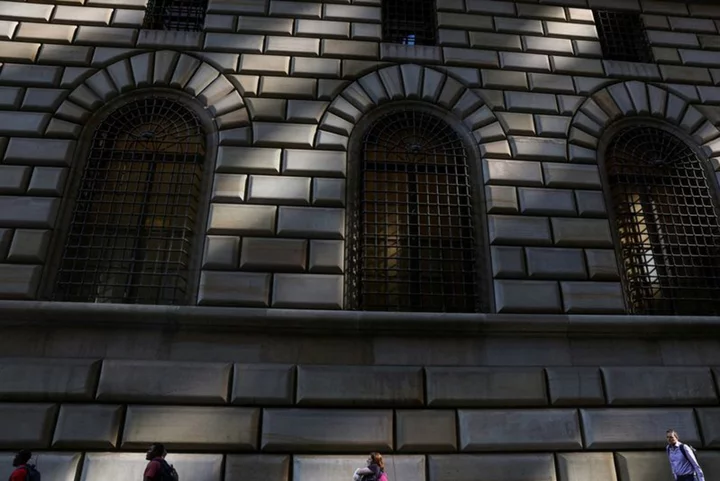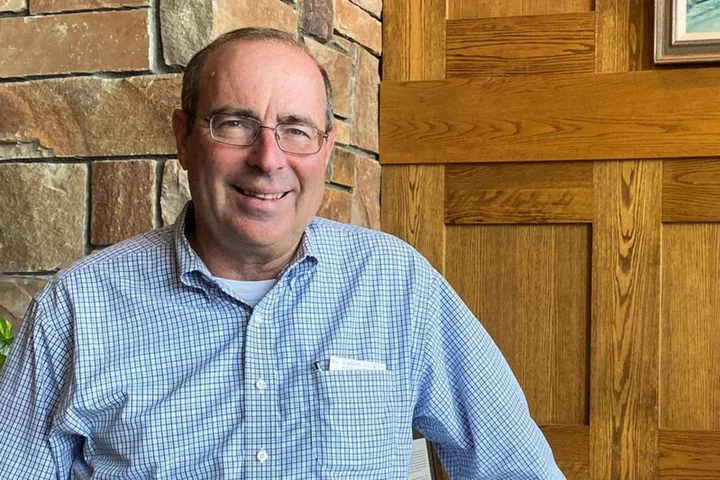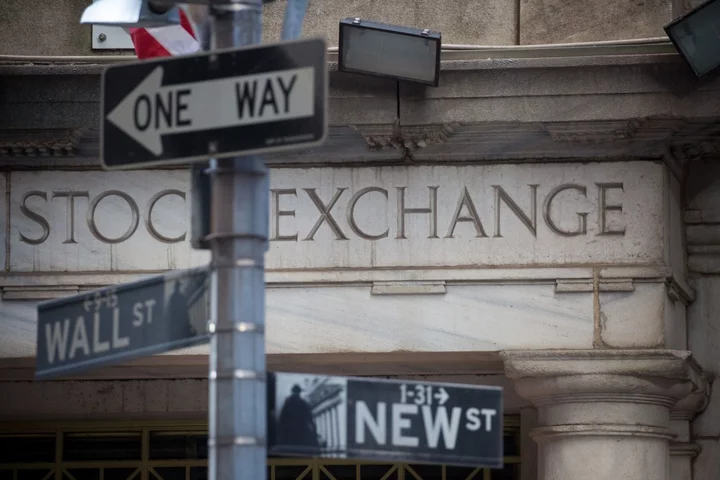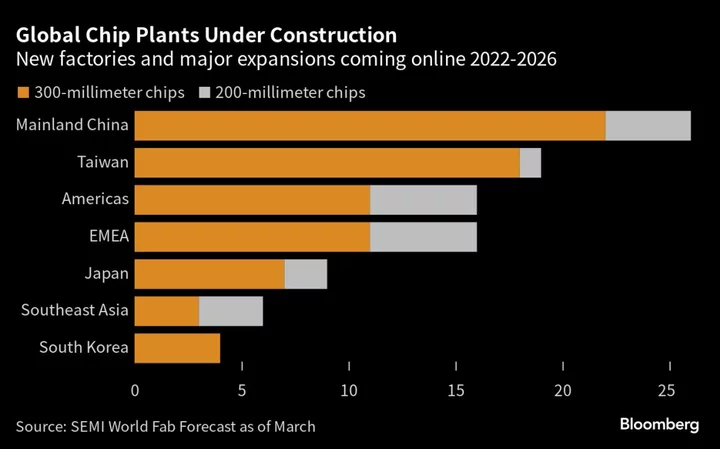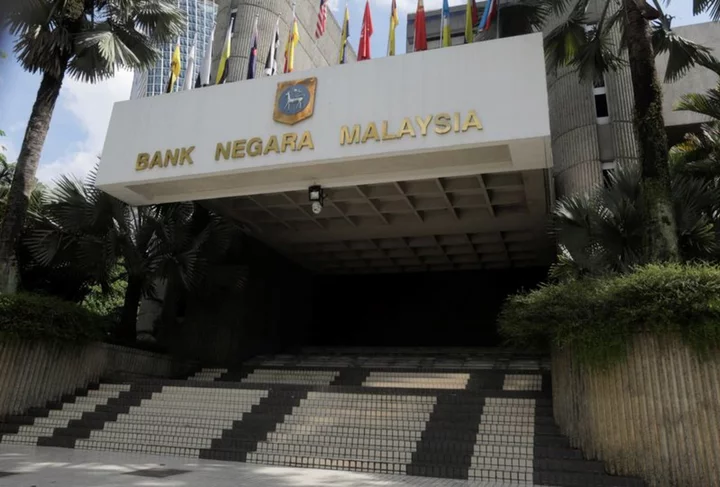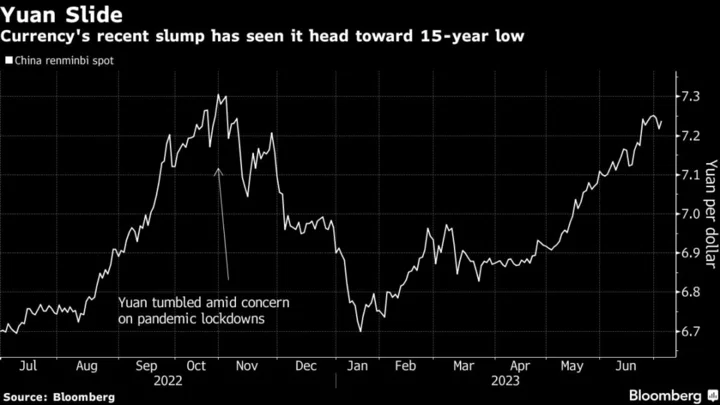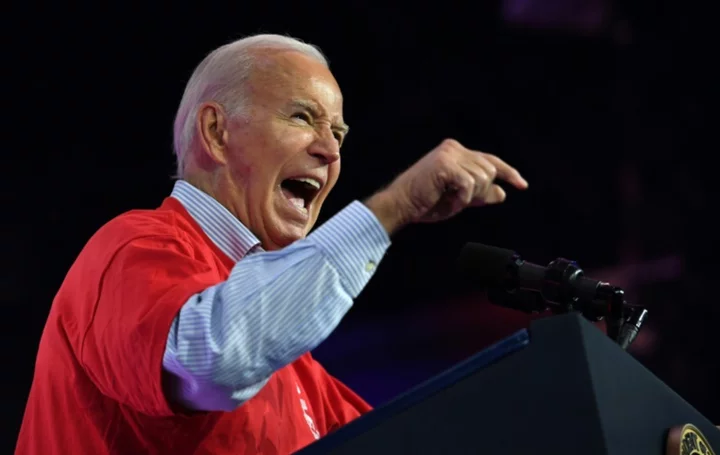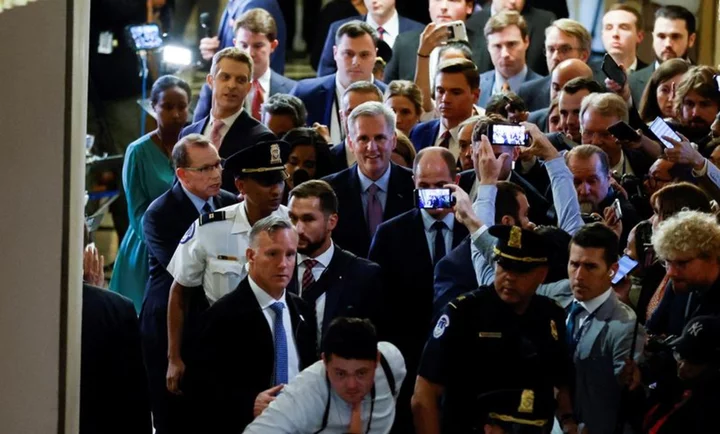By Michael S. Derby
(Reuters) -The Federal Reserve is not close to the point where it will need to slow or stop its balance sheet wind down process, and it remains unclear right now when that will need to happen, the New York Fed’s head of monetary policy implementation said Tuesday.
“We remain cognizant of the risks and uncertainties ahead” when it comes to the management of the central bank’s balance sheet, said Roberto Perli, who is the bank’s manager of the System Open Market Account, its massive stock of cash and bonds.
Perli, whose comments came from the text of remarks to be given before a gathering of the National Association for Business Economics, said the Fed plans to “slow and then stop” shedding bonds at a point where the level of reserves in the banking system will be “somewhat above” the level they consider consistent with “ample” reserves.
While the Fed is confident it can manage the process smoothly, “we know that the transition from abundant to ample will occur at some point, but we don’t know when. For now, that moment does not seem to be on the horizon,” Perli said.
Since last year, the Fed has been engaged in allowing Treasury and mortgage backed securities it acquired via aggressive stimulus efforts during the coronavirus pandemic to expire and not be replaced.
The effort is meant to complement the Fed’s aggressive increases in its short-term interest rate target range, and has seen the Fed allow thus far just under $1 trillion in bonds to mature and not be replaced. That's taken the overall balance sheet size from a peak of just shy of $9 trillion in mid-2022 to its current size of $8 trillion. Before the pandemic Fed holding stood at about $4.3 trillion. The Fed expanded its holdings to smooth market functionality and to hold down long-term borrowing costs to help provide stimulus.
The run down of the balance sheet is aimed at removing liquidity from the financial system. Fed officials have said in recent comments they believe this process has a long way to run and have provided little concrete guidance about when a stopping point could occur. Market participants have been eyeing a stopping point at some point next year and a recent NY Fed report suggested the end date could come in 2025.
The challenge for Fed policy makers is that it’s unclear when reserves become scarce, and they wish to avoid that point because when reserves are tight the Fed faces challenges in controlling short-term interest rates.
“We are cognizant of the challenges that transition can present, and the experience of September 2019 exemplifies them well,” Perli noted. Then, officials faced an unexpected shortage of reserves that caused money market rates to surge, which then forced the Fed to borrow and buy Treasuries to restore market liquidity levels.
Perli noted the Fed has a new tool to manage such challenges in its Standing Repo Facility, which allows eligible firms to hand Treasuries to the Fed in exchange for fast cash. Perli also noted in his remarks the Fed can also engage in conventional repo operates to add liquidity to the market if needed.
FIRM RATE CONTROL
Perli also said in his remarks the Fed’s rate control toolkit has worked well despite many big challenges.
“The past three years have seen a once-in-a-century pandemic, inflationary pressures necessitating a rapid increase in policy rates, significant demand for precautionary liquidity from some banks, investor uncertainty ahead of the recent suspension of the federal debt limit, and a subsequent rapid increase in short-term government debt,” and through all of that, the Fed has retained control of rates.
Perli said the Fed will have to look a wide range of money market rates to know when reserve scarcity is emerging.
Meanwhile, some in markets have pointed the rapidly contracting Reverse Repo Facility, which has fallen from an extended period of over $2 trillion per day in inflows to its current level of $1.3 trillion, as a key barometer. They argue that when takeup there falls nearer to zero that will be a key sign of looming scarcity.
Perli noted he expects the reverse repo facility to shrink more, possibly to "low levels."
(Reporting by Michael S. Derby; Editing by Chizu Nomiyama)

